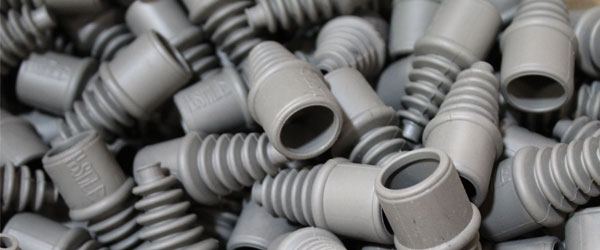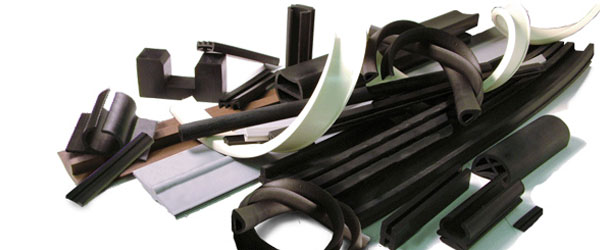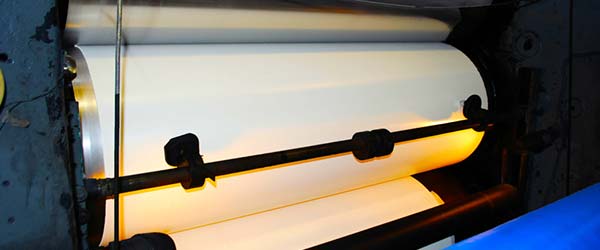Vented rubber extruders are designed to remove volatiles and air from the rubber material during the extrusion process. They are commonly used to produce rubber products that require a high degree of purity, such as medical tubing, food-grade products, and electrical insulation.
The vented rubber extruder works by introducing a vacuum system into the extrusion process, which removes air and other volatile compounds from the rubber material as it moves through the extruder.
The extruder typically consists of a barrel with a screw that rotates inside it. The screw is designed to compress and convey the rubber material from the feed section to the discharge section. The barrel is equipped with a vent port that is connected to a vacuum system.
As the rubber material is conveyed through the screw, it is subjected to high temperatures and pressures, which can cause the release of volatile compounds such as water, steam, and other gases. These volatile compounds are removed from the rubber material through the vent port and the vacuum system.
The vented rubber extruder also features a specialized die that allows for the efficient removal of volatiles from the rubber material. The die typically has a narrow gap between the die lips, which helps to minimize the residence time of the rubber material in the die and reduce the risk of degradation.
By removing the volatiles and air from the rubber material, vented rubber extruders can produce high-quality rubber products that are free from defects such as bubbles, porosity, and surface irregularities. The extrusion process also results in a higher degree of dimensional stability, improved surface finish, and increased mechanical properties.

 (909) 987-1774
(909) 987-1774 Email Us
Email Us







